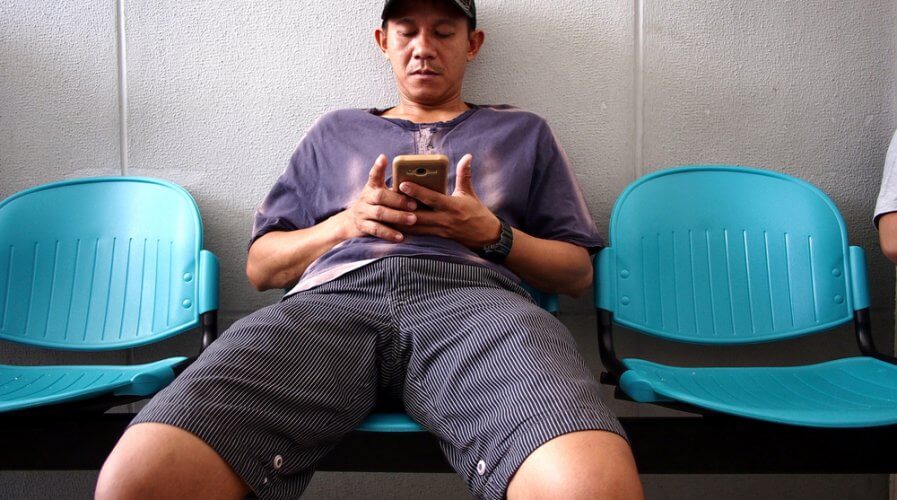
What’s really happening with 5G in the Philippines? Source: Shutterstock
5G to make a debut in the Philippines next month
WHILE everyone was betting on Singapore going live with 5G first in Southeast Asia, Philippines took the lead.
According to Bloomberg, Philippines-based Globe Telecom will offer 5G to consumers starting next month, in Pasig City in the capital region and in nearby provinces of Cavite and Bulacan.
The company believes that offering 5G speed, which is faster and more secure, will help Globe Telecom reach its 2020 goal of connecting 2 million households to its various home internet products from 1.7 million in the first quarter.
While this is exciting news, it didn’t make a big impact on the company’s share prices as analysts believe that announcing 5G technology is one thing and setting up the infrastructure to make sure the connection is robust is quite another.
Since 5G requires a dense network infrastructure, the launch would need a great investment from Globe Telecom and a lot of support from the government.
Despite everything, residents of the Philippines — including businesses — are excited about the development as the country accelerates its way to digital success with strong smartphone penetration and an ever increasing number of people using social media applications such as Facebook and Twitter to entertain themselves and do business.
Further, as developments and construction projects progress in the country, the Philippines could use 5G to start building out the smart city that helps citizens, empowers businesses, and ensures governments are able to deliver services to the public more efficiently.
According to the Philippine News Agency (PNA), a web-based newswire service of the Philippine government under the supervision of the News and Information Bureau of the Presidential Communications Office, an article on Huawei’s 5G developments cited use cases of 5G in medicine and education.
This could potentially indicate the Philippine Government’s interest in exploring these use cases in the near future.
“Through the high-speed internet connection provided by 5G, remote surgery is now possible and will be the future in the field of medicine. Just last month, Huawei powered two 5G-based surgeries in China,” said the PNA story, about the medical innovations.
Further, it pointed out that given the quality of service provided by 5G, telemedicine solutions could potentially become widely accepted in the future.
“This will allow patients and doctors to have medical consultations through video conferences by using teleconsultation devices and medical imaging devices, and can also enable mobile first aid for emergency cases.”
In terms of education, 5G is expected to be able to reduce inequalities in education by providing access to high-quality teaching materials and support even in rural areas.
“In the less developed areas in Sichuan Province, Huawei was able to set up interactive video classes. This was made possible with the strong frequency in 5G technology that can reach even to far-flung areas. This has helped teachers spend their time in preparing their lessons rather than traveling far to get to a physical classroom,” said PNA.
Overall, for the country with over 7,000 islands, Globe Telecom’s early launch of 5G might be a good thing — forcing businesses to quickly think outside the box and create intelligent solutions that really help catapult the Philippines’ economy to new highs.
READ MORE
- Strategies for Democratizing GenAI
- The criticality of endpoint management in cybersecurity and operations
- Ethical AI: The renewed importance of safeguarding data and customer privacy in Generative AI applications
- How Japan balances AI-driven opportunities with cybersecurity needs
- Deploying SASE: Benchmarking your approach






